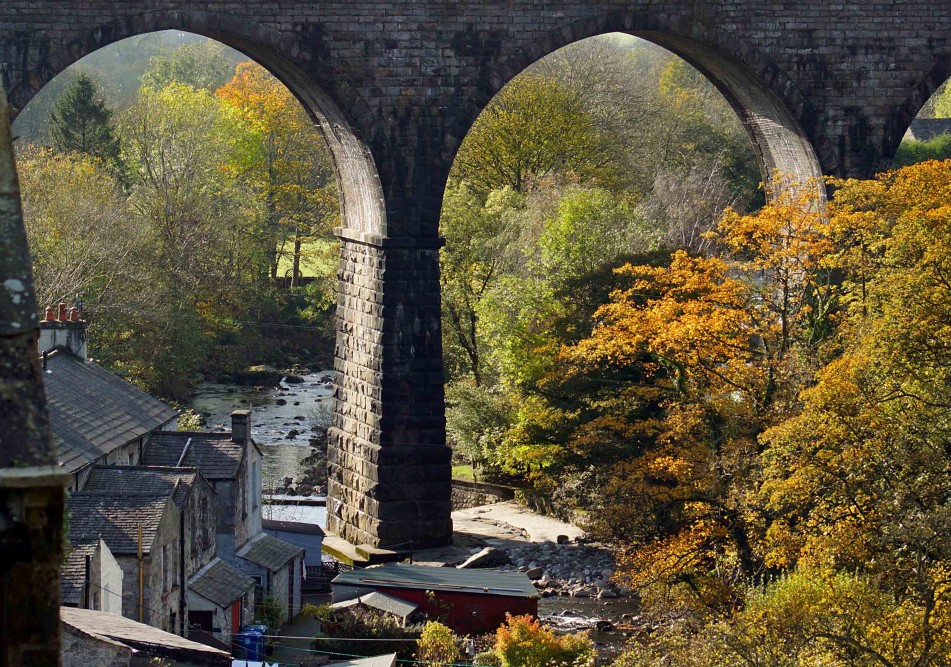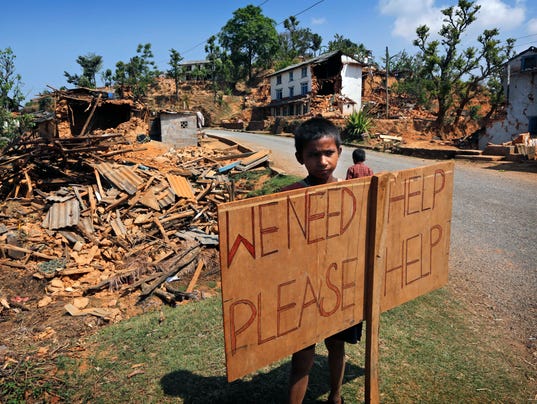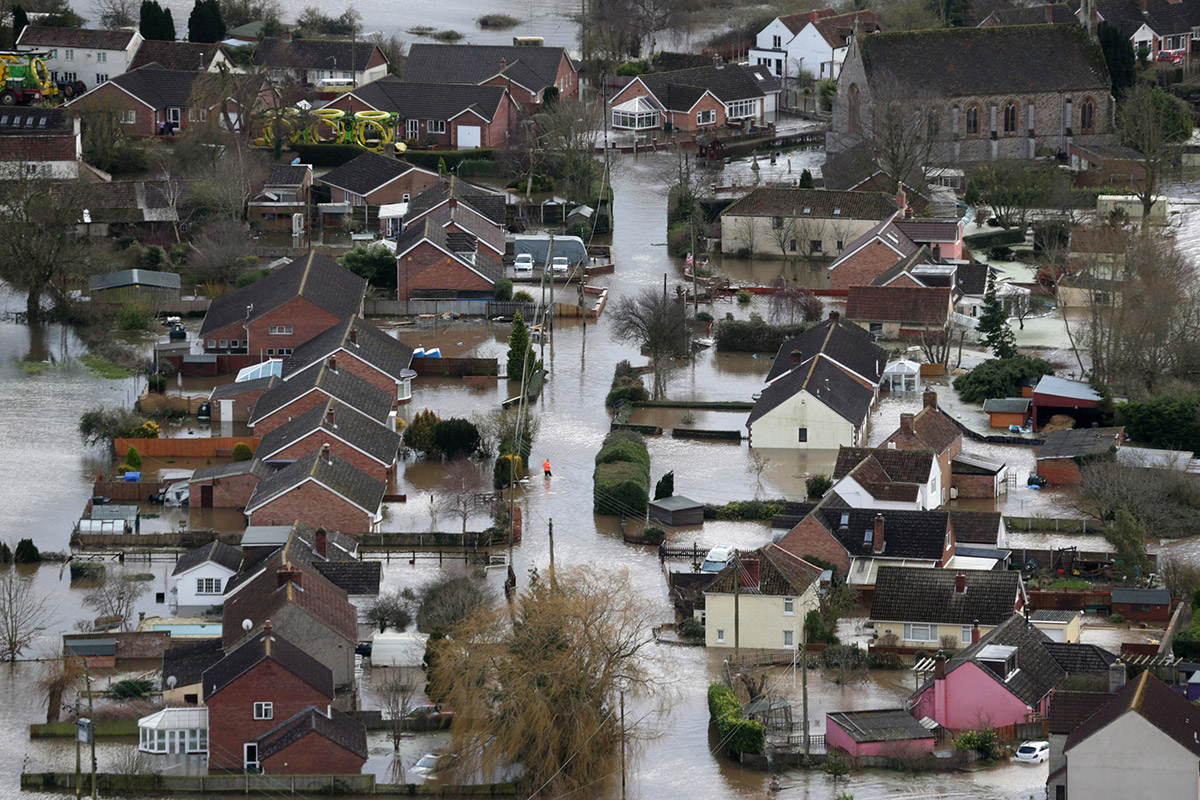 No, I’m not going to sell you anything like this latest product ‘dehydrated water’ so that your tomorrow may be worry free. Sorry.
No, I’m not going to sell you anything like this latest product ‘dehydrated water’ so that your tomorrow may be worry free. Sorry.
And you’re not the only one with raised eyebrows at this point but do join those of the ‘old school’ even if they declare my maths is off: they are thinking of the 7 P’s concept from the military which stands for “Prior, Proper, Planning, Prevents, Piss, Poor, Performance”.
My maths is not off I assure you. Tongue firmly in cheek I squarely blame it on the austerity cuts 😉 for there is now a modern, leaner and perhaps more elegant version that can be counted down on just one hand.
The ‘new’ 5P’s: prioritize, plan, prepare, practice, peace of mind
Prioritize: what types of disasters are you planning for? Differentiate risks and hazards and make a scenario list
Plan: do/need what, where, when and how? Make your emergency & disaster preparedness plan, don’t let it accumulate dust. Review and update it regularly.
Prepare: the right tools in the right place for the right people – if you add ‘at the right time’ then I’d counter ‘well before the right time’ – bounce ahead to make bouncing back a breeze (What disaster – Why Preparedness? and Prepare for a world that’s more than 2° C warmer)
Practice: head stuff is great but legwork is even better 🙂
Peace of mind: do the above and WYDIWYG – what you do is what you get, my version of WYSIWYG or what you see is what you get 😉
Now, principles are good, tremendously useful actually but still not quite good enough – another so called ‘Goldilocks’ case where what we really want needs to be ‘just right’. So, let’s expand it just a little more. After all…
… it’s all about Emergency Preparedness Capabilities and Capacities
… and that means being able to perform and achieve (read survive and prevail in an emergency or disaster) and having the right tools in place to do so.
So, enter the 5C’s to complement the 5P’s. Initially conceptualised to run on facebook as part of our 2015 “September is Preparedness Month” 30 days 30 ways UK campaign contribution we have honed in on the five preparedness core areas to complement the 5P’s you’re now already familiar with. They are:
Food & Food Preparation: MRE (meal’s ready to eat, military style – they know what they’re doing!) yummie quality calories mean fuel so that body and mind can continue to function, water purification provides safe water to drink and prepare food.
Tools & Personal Protection: depends on skill set (or lack thereof), nature and level of threat and location; see Survival Tools; PPE – especially respiratory masks.
Shelter & Warmth: a core temperature drop of just 1C can mean hypothermia. Eating and moving provide warmth but rest is inevitable; insulation via Emergency Blankets, Sleeping Bags, Tents and Beds.
Light & Communication: human vision (optical) is seriously compromised in low light conditions. Torches, hands-free head-torches, battery free wind-up torches, rechargeable lights... you get the idea. Flashing lights and lightsticks attract and can signal for help. They also serve as warning to indicate danger or the opposite, indicate safe routes or mark resources.
First Aid & Hygiene: vastly depends on skill; the former that is, not the latter. No use having a suture kit if you only know cross stitch but you it’s difficult to overdo the soap. You can also never have enough clean bandages as a field medic friend reliably tells me so here at least you can and should go all out; First Aid; Hygiene and also useful are Travel Accessories i.e. camp shower and folding toilet.
Ok, so now you’ve got your 5P’s and 5C’s – or at least our informed version of it. But how does this compare? Well, I wish I knew who was behind this guest post titled The Six P’s and the Three S’s of Prepping for this person, clearly coming from a solid old school prepper background, has an excellent and modern insight – although I may take issue with his or her maths and approach to personal security 😉
I hope I made you smile – and think, #bePREPARED
Monika
For more EVAQ8 blog simply use the right hand navigation. For emergency kits and practical resources use the top navigation. For FREE resources head over to our Preparedness Hub and find out why we use humour. Thanks for visiting!
Find EVAQ8 on social media, like and follow us!







 Congratulations to the brilliant trailblazers: Ingleton , Hellifield, Clapham, Swainby, Snape, Kirkby Fleetham, Crayke, Romanby, South Milford and Tadcaster
Congratulations to the brilliant trailblazers: Ingleton , Hellifield, Clapham, Swainby, Snape, Kirkby Fleetham, Crayke, Romanby, South Milford and Tadcaster  ready for what may well shape up to be a rough Winter.
ready for what may well shape up to be a rough Winter.
 You would say yes, wouldn’t you, intuitively?
You would say yes, wouldn’t you, intuitively?

 The devastating Nepal Earthquake seems to have been one of those ‘tipping points’ – although here Malcolm Gladwell’s original concept is blown out of all proportion for there certainly was nothing ‘little’ that made a big difference.
The devastating Nepal Earthquake seems to have been one of those ‘tipping points’ – although here Malcolm Gladwell’s original concept is blown out of all proportion for there certainly was nothing ‘little’ that made a big difference. Typically teams of between one or two dozen specialists are sent to disaster zones for up to 2 – 3 weeks at which point they are rotated back and replaced if needed. Thus far they brought with them their specialist equipment but relied on local supplies for food and shelter. No longer!
Typically teams of between one or two dozen specialists are sent to disaster zones for up to 2 – 3 weeks at which point they are rotated back and replaced if needed. Thus far they brought with them their specialist equipment but relied on local supplies for food and shelter. No longer!
 Have a great week and good start to September – make it a Preparedness month for yourself, your loved ones and your wider communities. And if you want to delve a little deeper, watch this brilliant VIDEO by The Royal Society, an animation and briefing on unconscious bias adapted by Professor Uta Frith
Have a great week and good start to September – make it a Preparedness month for yourself, your loved ones and your wider communities. And if you want to delve a little deeper, watch this brilliant VIDEO by The Royal Society, an animation and briefing on unconscious bias adapted by Professor Uta Frith 
 The ‘why’ is easy: it’s the law. Since 2004 under the Civil Contingency’s Act, Category 1 responders have a duty to
The ‘why’ is easy: it’s the law. Since 2004 under the Civil Contingency’s Act, Category 1 responders have a duty to  What I particularly like is the focus on capability. It implies inherent and latent capacities. It also ties neatly to preparedness which is not just about needs and liabilities but also about assets. In my view this creates an empowering shift and starting point to mobilize engagement which, given the right momentum, may overcome even learnt helplessness and apathy. Thus
What I particularly like is the focus on capability. It implies inherent and latent capacities. It also ties neatly to preparedness which is not just about needs and liabilities but also about assets. In my view this creates an empowering shift and starting point to mobilize engagement which, given the right momentum, may overcome even learnt helplessness and apathy. Thus





